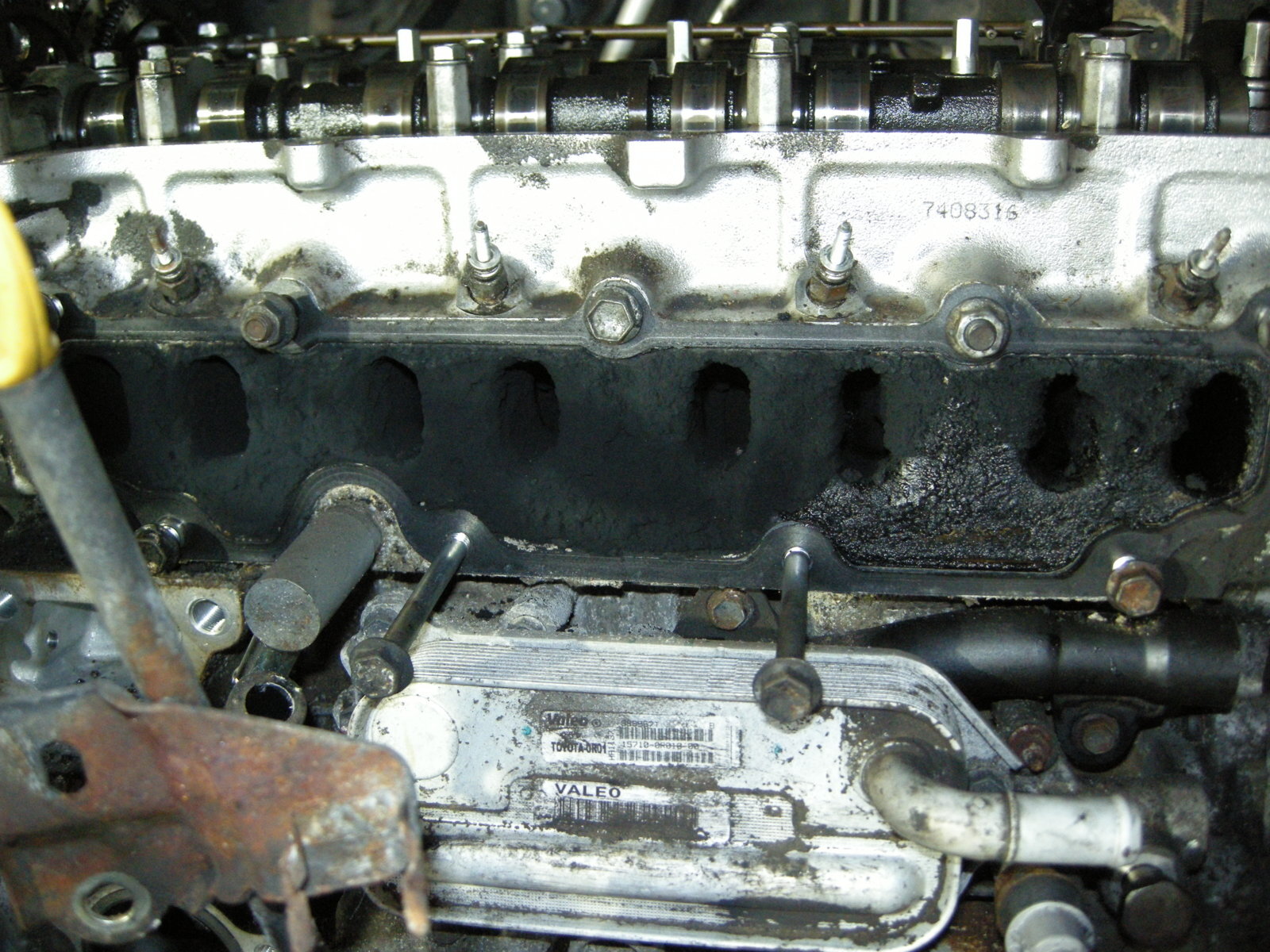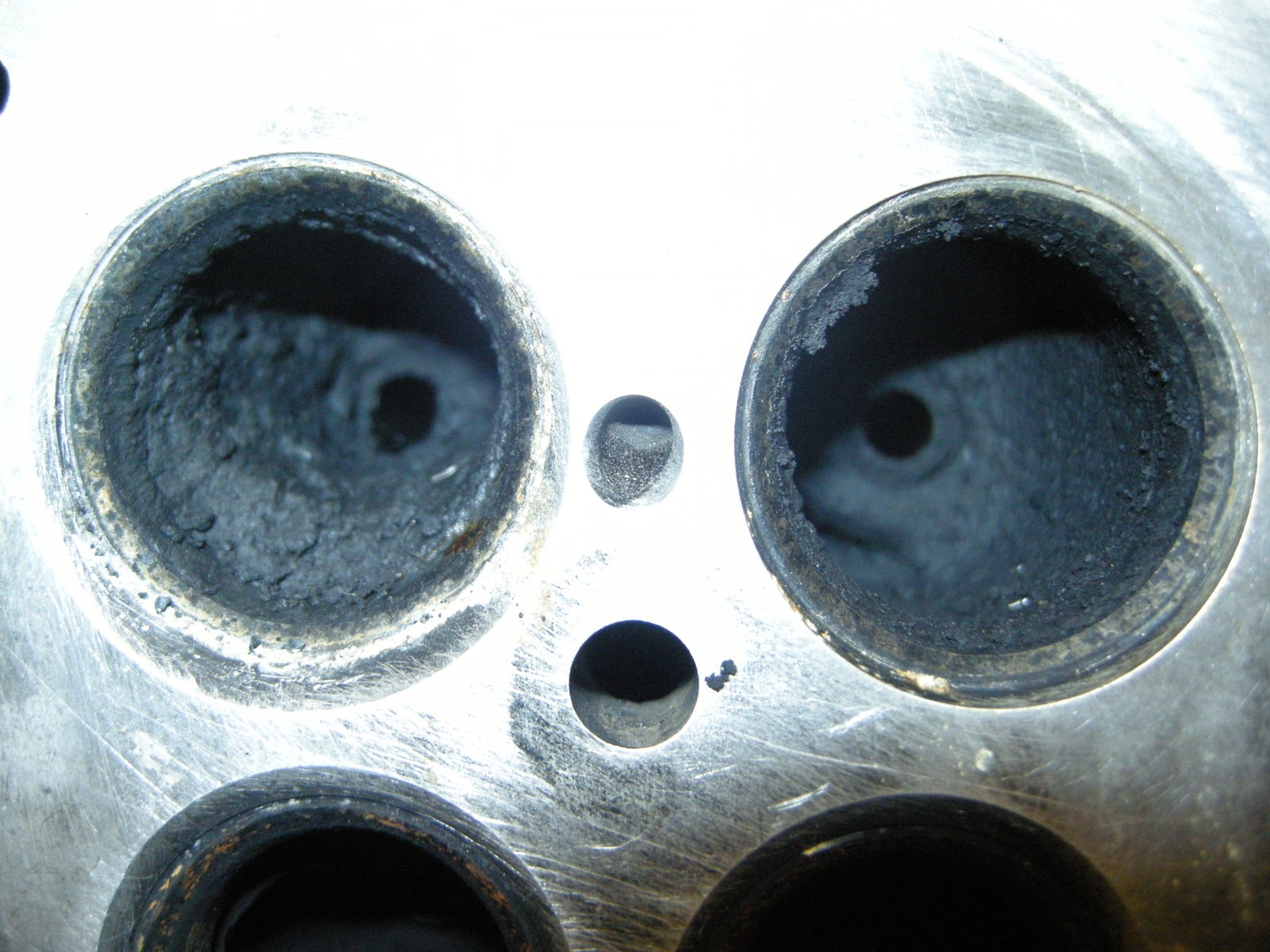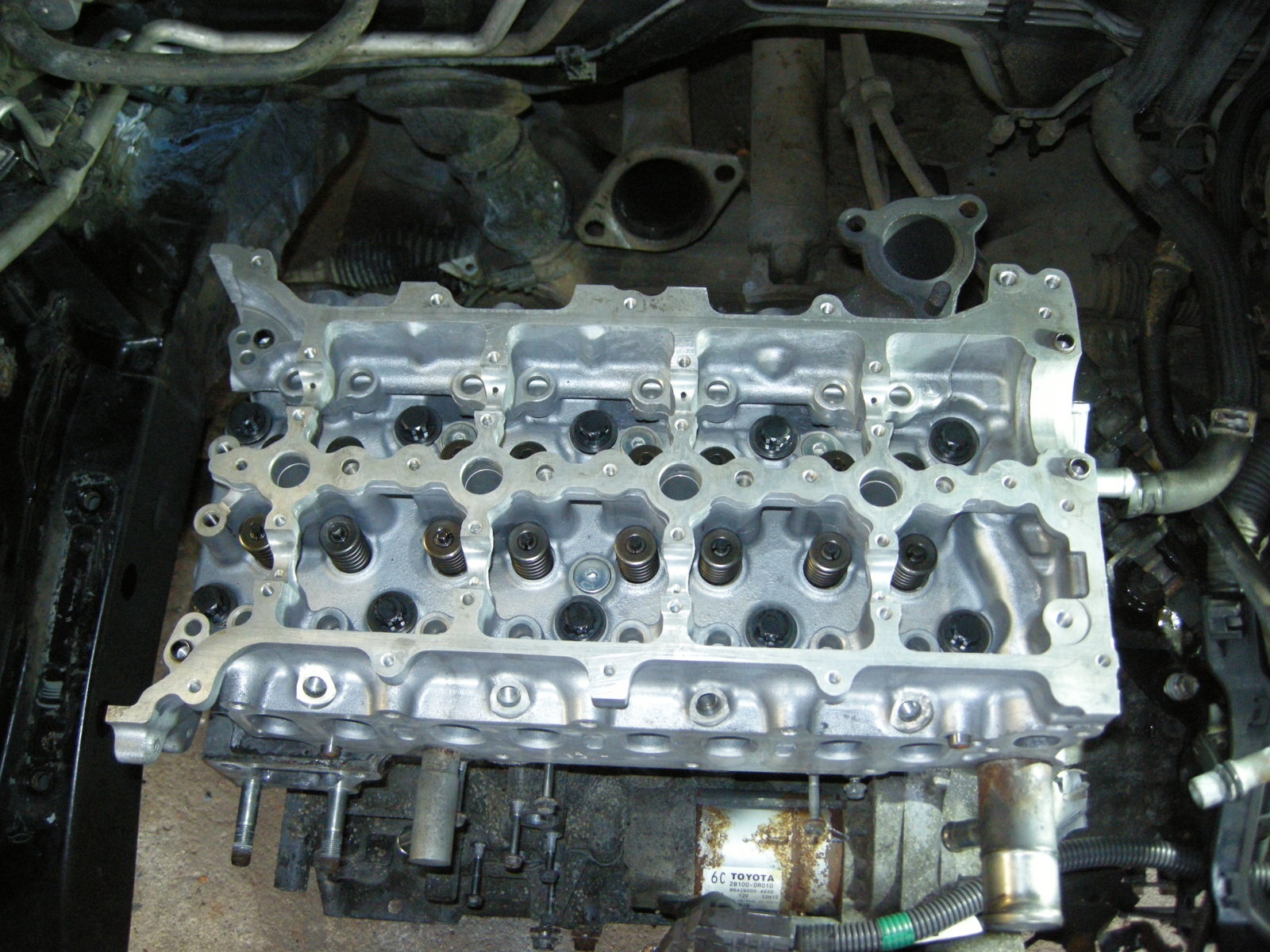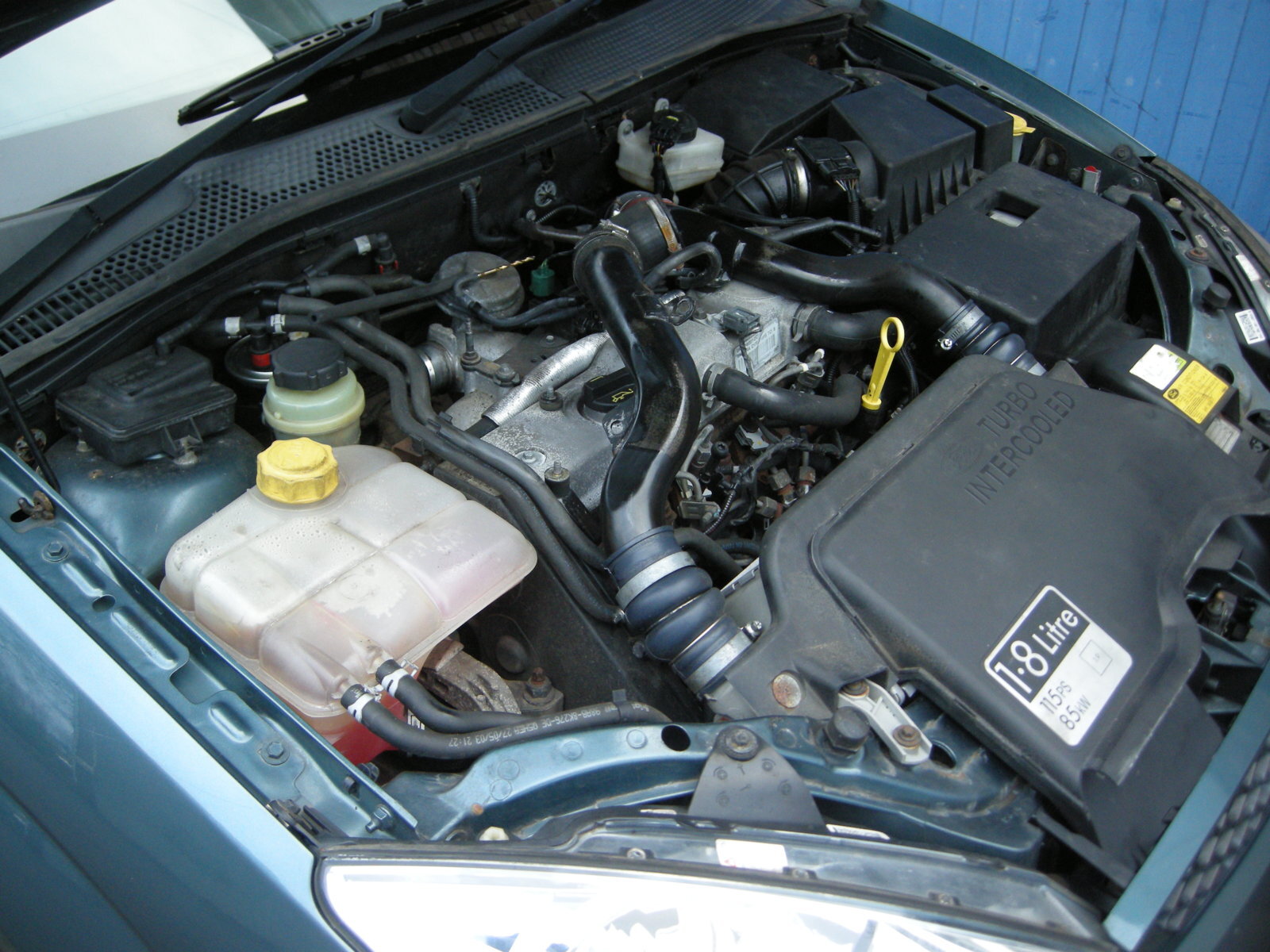No. 1 daughter's 2.2l D4-D (common rail) RAV4 blew its head gasket at around 170,000 miles. When I stripped it down I was amazed at the amount of carbon in the inlet ports . . .

I couldn't see the valve stems!
The Inlet Valve ports were much the same.

After a thorough clean-up (it took weeks !), a pressure test and reconditioned Injectors etc it was looking a lot better.
Everything down-stream of the EGR Valve was the same. Cleaning it all out was a labour of love.

Hand-lapping 16 tiny valves was a bit of a pain

.
I decided against blocking the EGR as the RAV will undoubtedly know that its been tampered with and will object. Its now got 199,000 miles on it and runs extremely well, though the oil turns as black as your hat after a very short run - the bores are obviously worn with lots of blow-by.
Recently, my 2003 Ford Focus 1.8l TDCi started playing up and was eventually sounding extremely sick. I took the intercooler hose off the inlet manifold and with a small mirror and a torch established that the EGR Valve was stuck open.
On these Fords the EGR valve is part of the inlet manifold and can't be removed on its own. How to shut the valve . . . .

.
I removed the vacuum pipe and applied my air compressor . . "CLANG"

. . the mirror showed that it was indeed shut

.
I then blocked the vacuum hose and have been running it without the EGR since. It hasn't objected and its back to normal. I don't fancy replacing the inlet manifold as its a pig to get at (down the back on the motor of course).
This car only has 64,000 miles on it, I have had it from new and its been well looked after all its life. It is 16 years old though so I suppose time is as important as mileage.

The intercooler had a lot of oil in it and I had to remove it and flush it out with industrial cleaner.
So many cars . . So many problems . . .

.
Bob.











 .
. .
.
